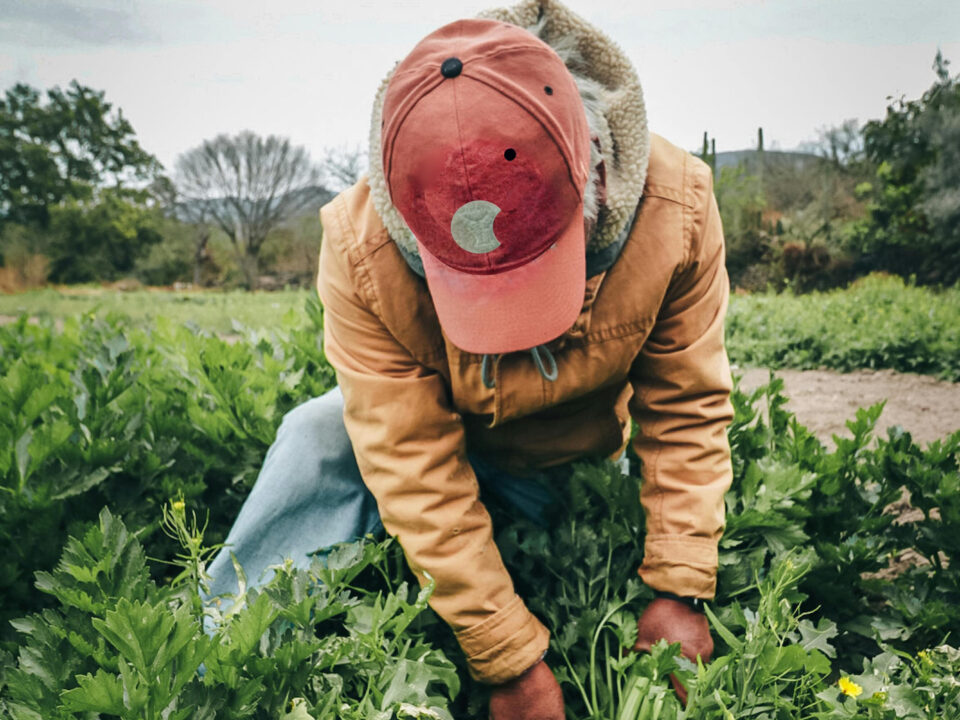November 15th, 2016
By guest blogger Jenny Wise
If you have always loved dogs and wish you could adopt all of them from your local shelter, you are a prime candidate for fostering a dog. Some people shy away from becoming a foster home for dogs because they are not sure exactly how it works or what the time and financial commitments would be. But fostering a dog is an important service that is manageable for most people. If you have been considering fostering a dog, our three tips will help you get started.
 1. Understand your responsibilities and make sure everyone in the home agrees
1. Understand your responsibilities and make sure everyone in the home agrees
Providing a foster home for a dog in need is a big responsibility, and it will affect everyone in your home. That’s why the first tip for fostering a dog is to be sure that it is the right decision for you and your household; then, make sure that everyone in your home is on board with the decision to foster the dog.
Understand that there are time and financial commitments involved in fostering a dog, just as there are when you adopt a dog. Most rescue organizations do not have the cash or the resources to cover vet bills and appointments, food, dog walking services, or other necessities for the foster dogs, so you most likely will be responsible for covering them.
You also more than likely will need to prepare the dog for adoption. You may get a foster dog that needs to be housetrained, redirected when he barks or chews, or socialized with people and other animals. Some foster dogs have been abused and need extra care and attention, while others may be young and require all of the time and energy that goes into caring for a puppy and cleaning up their messes.
At the end of the day, fostering a dog is one of the most rewarding things you can do. With just a little bit of time and money, you will provide a loving environment for a dog that otherwise may be left on the street or in an abusive situation. Rescue organizations and shelters do not have enough room for all of the animals that need homes, and dog foster parents help those organizations save not just the dog they house but others that get the spaces in the shelters that would otherwise be filled by the dog you foster. If fostering a dog fits your lifestyle and you and your family are up to the challenge, fostering a dog is one of the best services you can provide.
2. Rely on the rescue group for guidance
When you decide to foster a dog, you need to be sure the rescue group with which you work is reputable and professional. Do some research, ask questions and ensure that the rescue group you choose shares your mission and has clear policies and procedures. It is important that you choose a quality rescue group so you can rely on them later when you need guidance or help once you begin fostering dogs. You may need to request financial assistance, ask to participate in finding a forever home for your foster dog, or get new strategies for training your foster dog to stop eating your shoes. The group has experience and should respond quickly to your requests. They also may be able to provide you with some helpful tips when the time comes to say goodbye to your foster dog.
3. Understand the difference between boarding a dog and fostering a dog
Sometimes, people who foster dogs have an incorrect impression of what the experience will be like. It is very different to become a dog sitter than it is to foster a dog. Most people who board dogs in their homes take in dogs that have caring, loving families and are well trained. While you may get a very well-behaved, older dog when you sign up to foster a dog, there is a good chance that you will get a very young dog or one that needs your love and attention and training.
You will need patience when you begin fostering, and you will need to be prepared to give it some time before you contact the rescue organization to tell them the dog isn’t working out for you. Sometimes, the dogs who need the most love and care end up being the ones who are the most difficult to say goodbye to when they find their forever homes.
Being as prepared as possible for the realities of fostering a dog is a great first step to providing a loving environment for a homeless dog. By knowing the responsibilities, understanding the rescue group’s role and considering the difference between boarding a dog and fostering a dog, you will be in a better position to save a dog and prepare him for adoption by his forever family.



